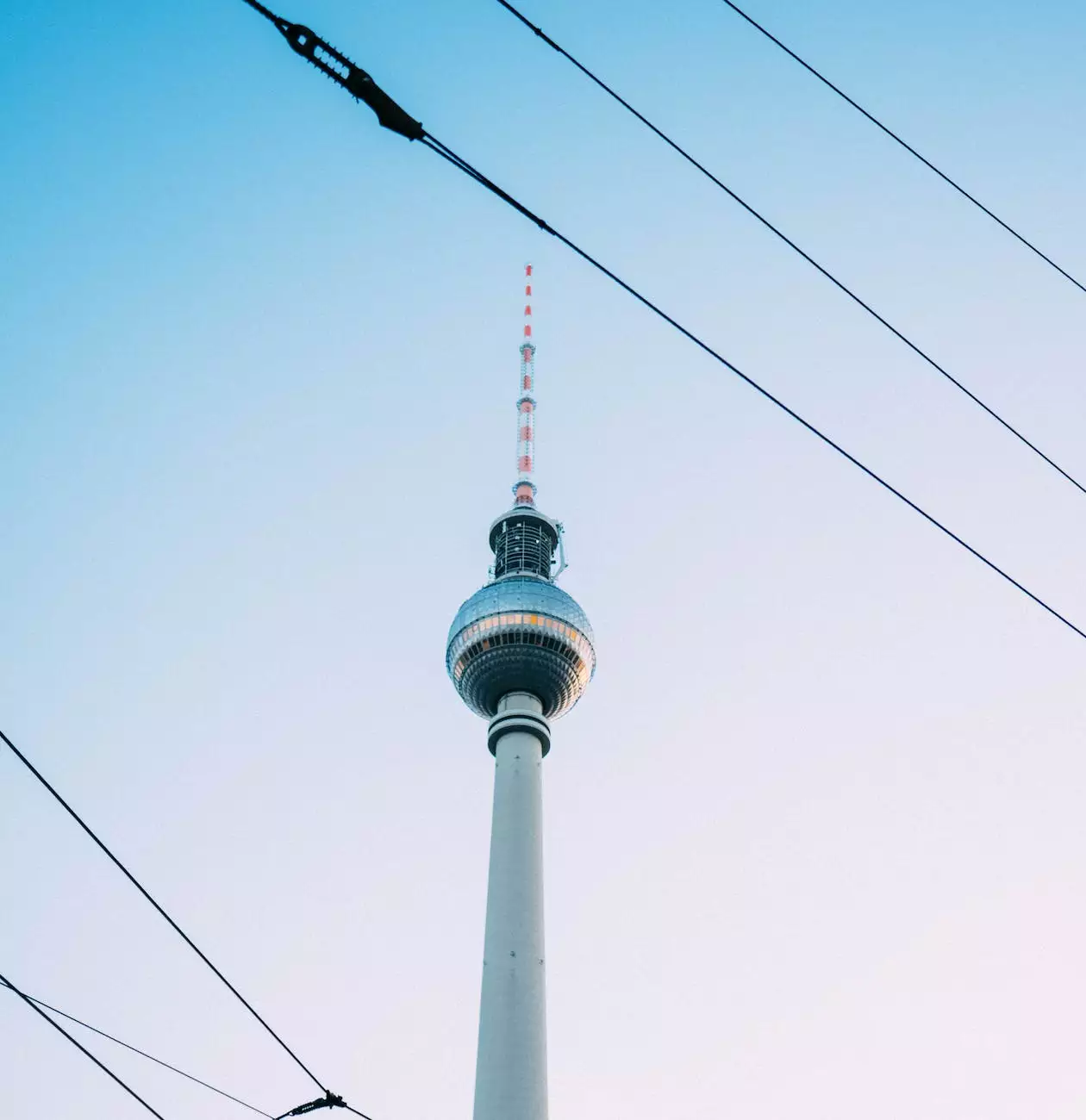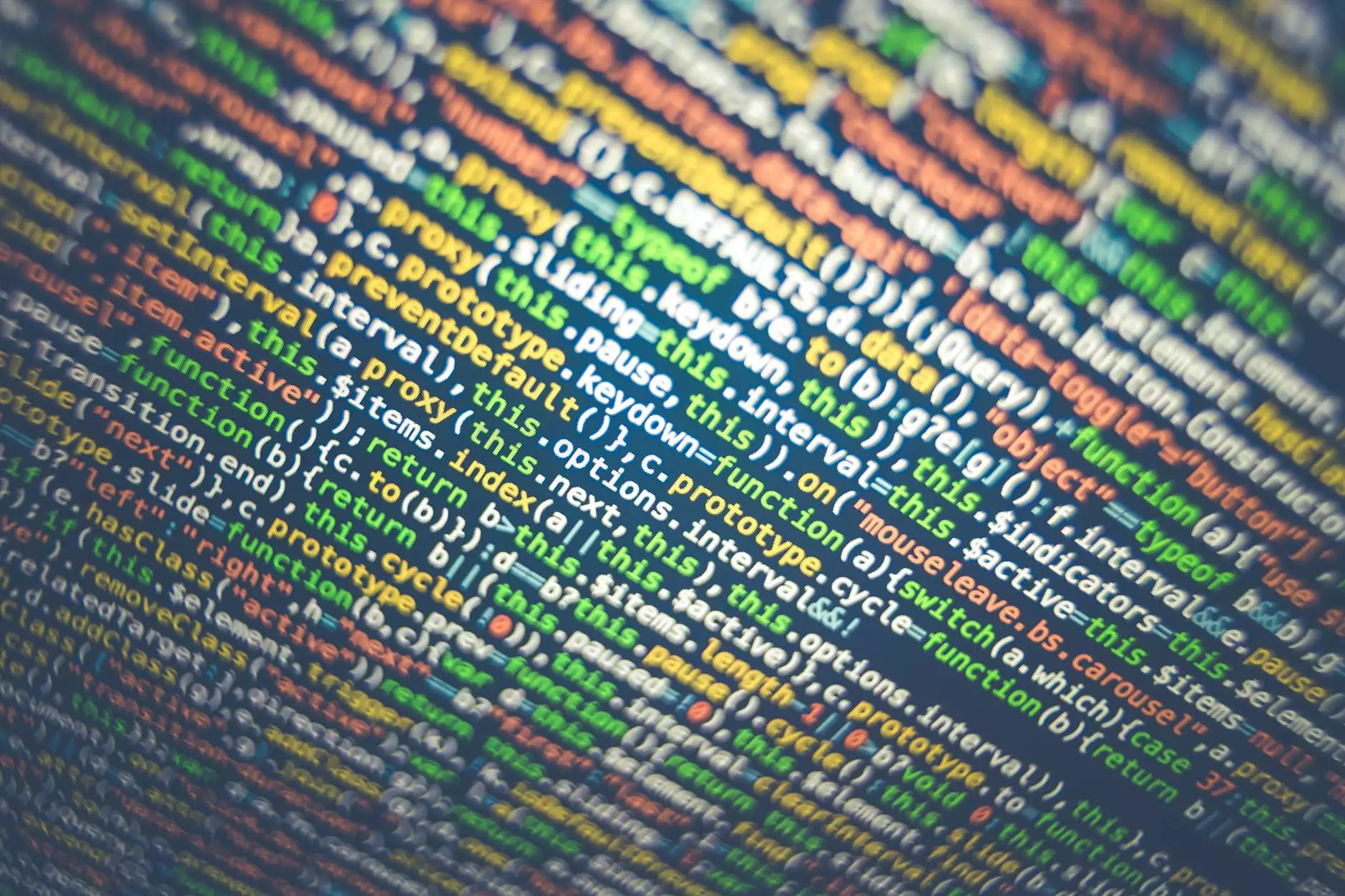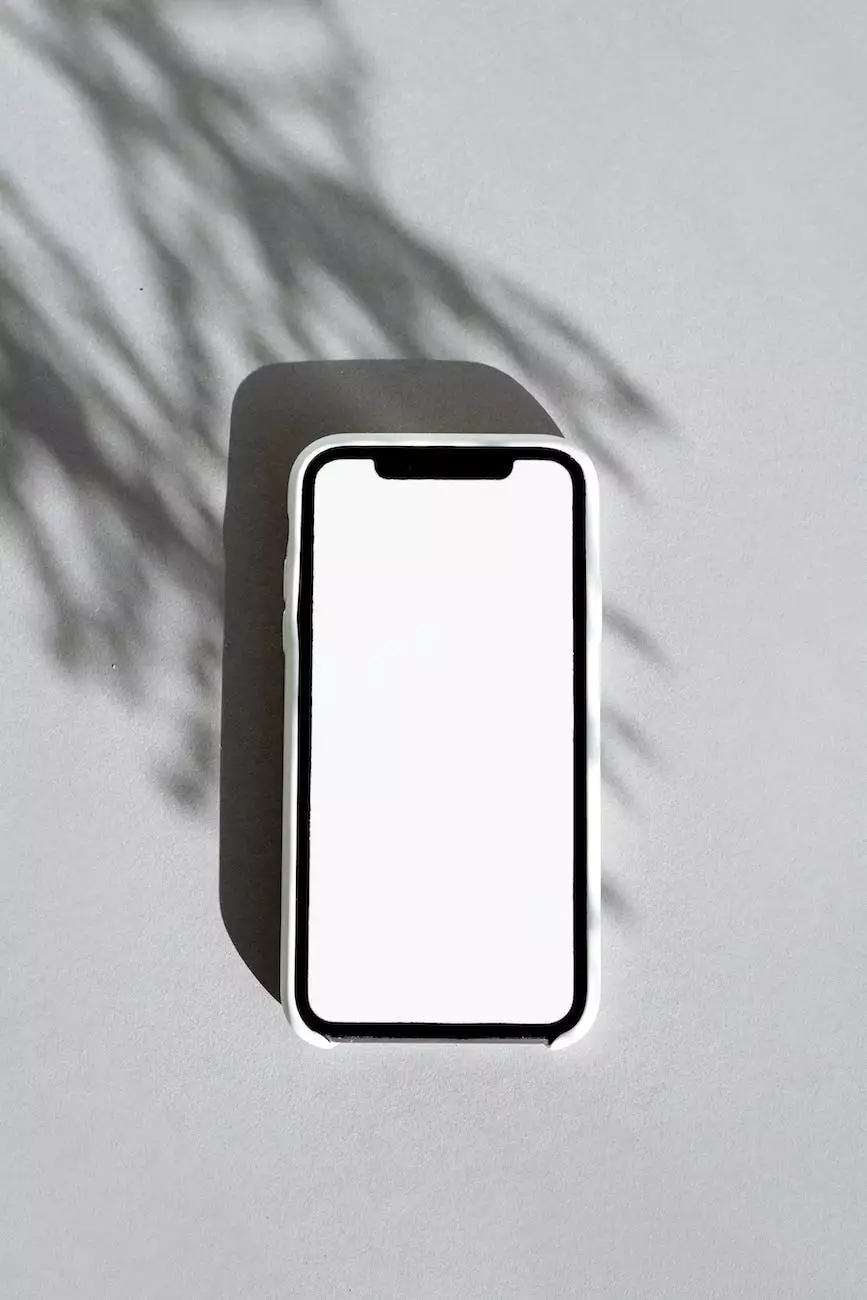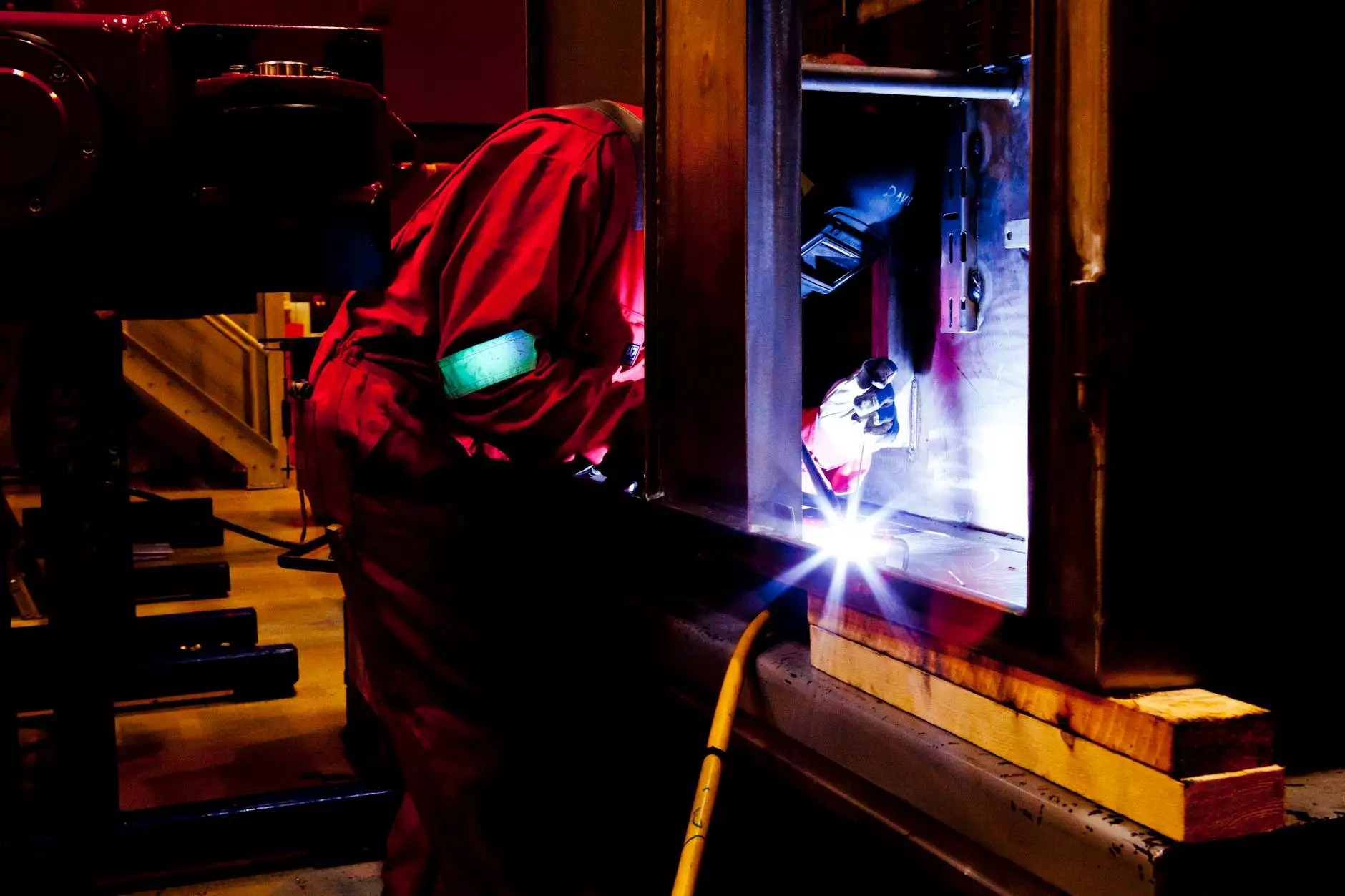Raster vs Vector - Two Types of Artwork and Why it Matters
Blog
Introduction
Welcome to SEO-Web Technologies, your trusted source for digital marketing services in the Business and Consumer Services industry. In this article, we will explore the differences between raster and vector artwork and discuss why it matters for your business.
Understanding Raster Artwork
Raster artwork, also known as bitmap imagery, is made up of individual pixels that collectively create an image. Each pixel contains specific color information, resulting in a detailed and realistic representation on a digital screen or print media. Raster files are resolution-dependent, meaning their quality may degrade when enlarged or scaled.
Benefits and Limitations of Raster Artwork
Raster artwork excels in representing complex and intricate visual details, such as photographs or highly-detailed illustrations. Its realistic rendering makes it suitable for various digital mediums, including websites, social media, and digital advertisements.
However, one limitation of raster artwork is its scalability. Enlarging a raster image beyond its original resolution may result in pixelation and loss of quality. This makes it less ideal for large-format prints or situations where resizing is necessary.
Understanding Vector Artwork
Unlike raster artwork, vector graphics are based on mathematical equations and geometric shapes. This enables them to be infinitely scalable without losing quality, as they are resolution-independent. Instead of individual pixels, vector artwork uses points, lines, and curves to define the image.
Benefits and Limitations of Vector Artwork
Vector artwork offers numerous advantages, particularly when it comes to flexibility and adaptability. Because of their mathematical nature, vector graphics can be resized, edited, and manipulated without any loss in quality. This makes them highly suitable for logos, icons, and illustrations that need to be used across multiple platforms and sizes.
However, vector artwork may not be well-suited for capturing intricate details or reproducing high-resolution photographs. It is primarily used for designs that require smooth lines and solid color fills.
Why Does it Matter?
The choice between raster and vector artwork matters for several reasons. Whether you are working on a graphic design project or developing a brand identity, understanding the differences and choosing the appropriate format can significantly impact the final outcome and its usability across different mediums.
For digital marketing purposes, it is important to consider the intended usage of the artwork. Raster images are typically larger in file size and may result in longer load times on websites or slower rendering in digital advertisements. On the other hand, vector graphics are lightweight and less data-intensive, making them ideal for web and mobile applications.
Conclusion
In conclusion, both raster and vector artwork have their place in the world of digital design. Understanding their differences, benefits, and limitations can help you make informed decisions when creating or selecting artwork for your business. Whether you need highly-detailed visuals or scalable assets, SEO-Web Technologies is here to assist you in optimizing your digital marketing campaigns with the right artwork.










